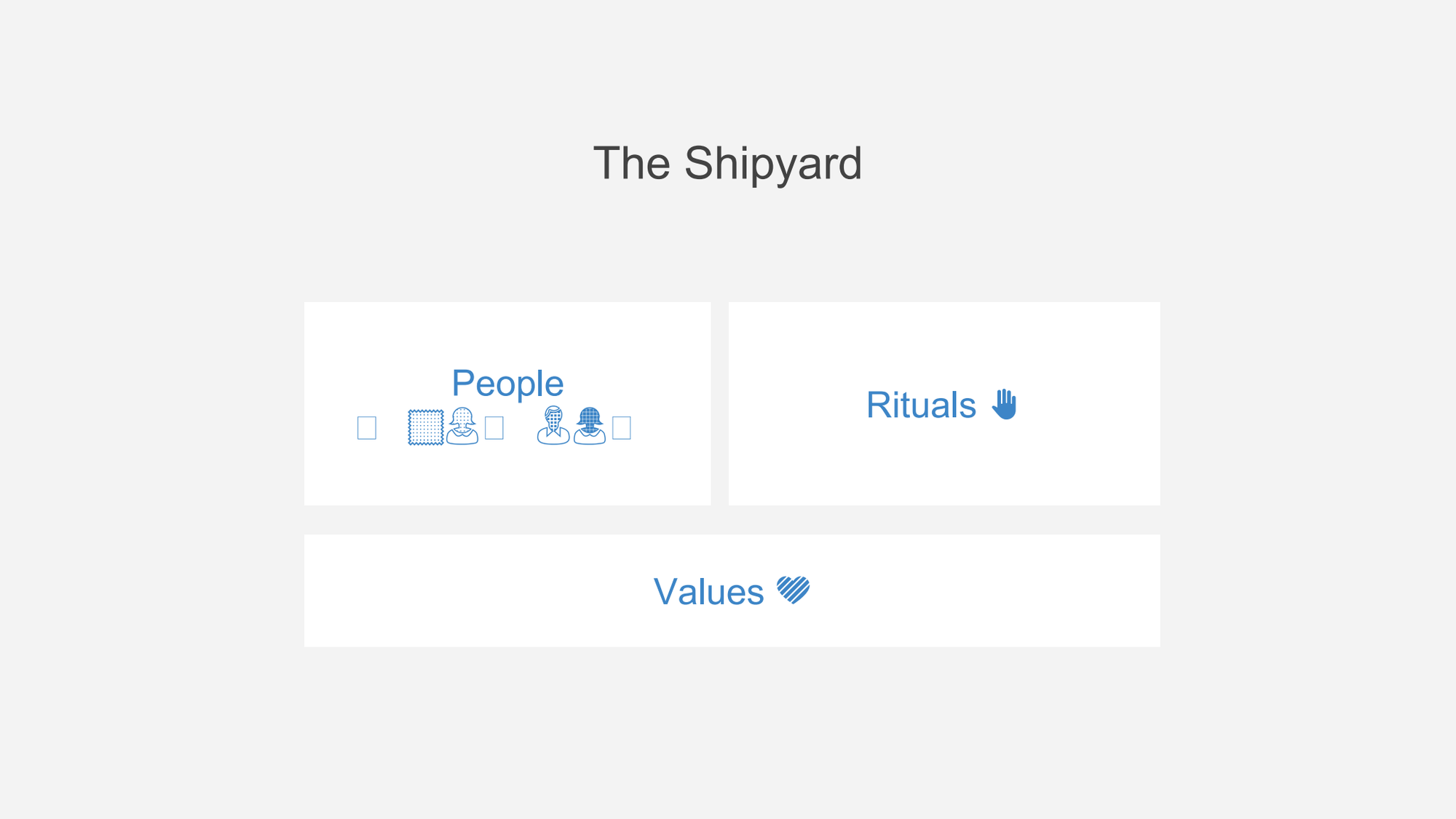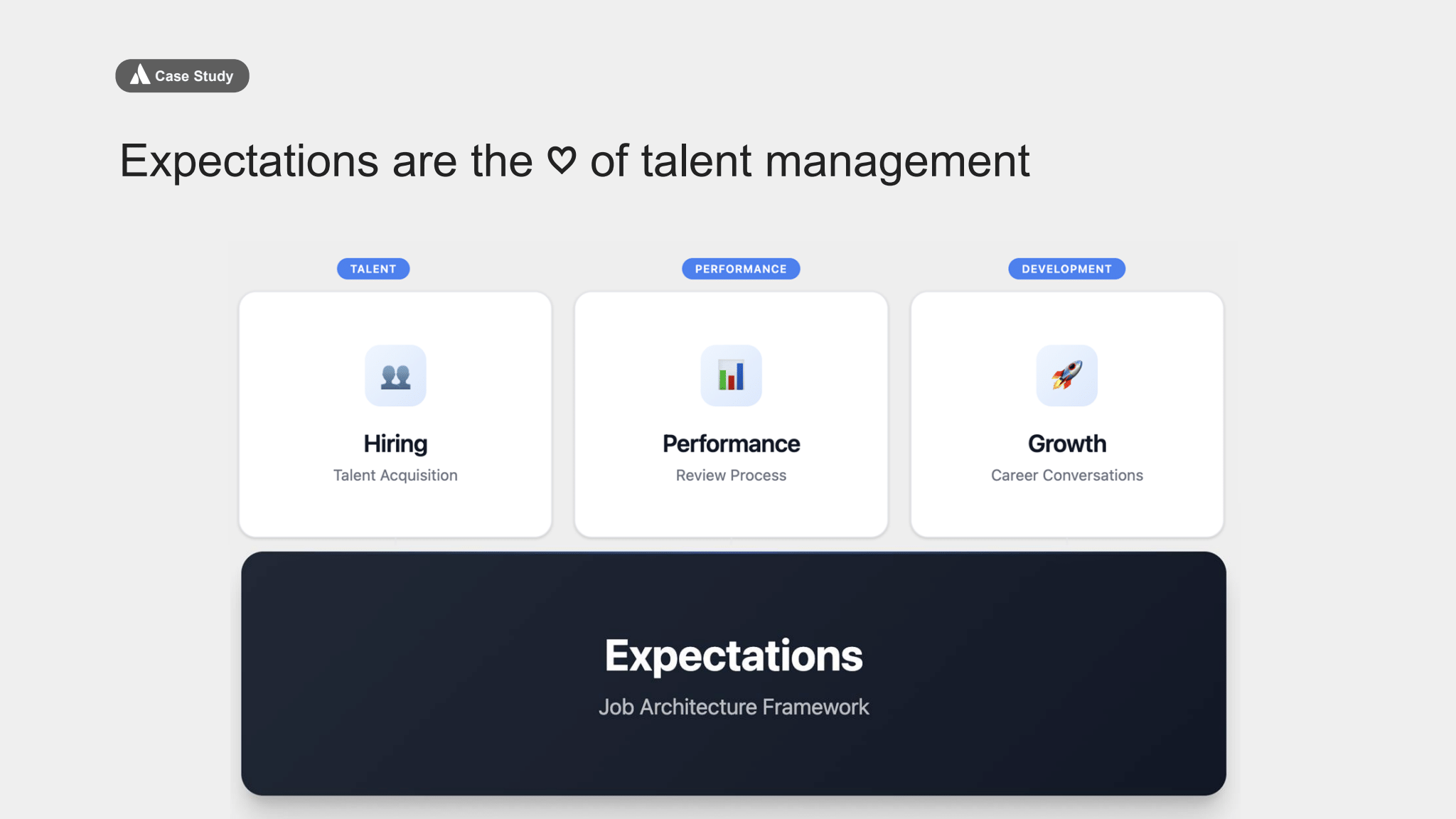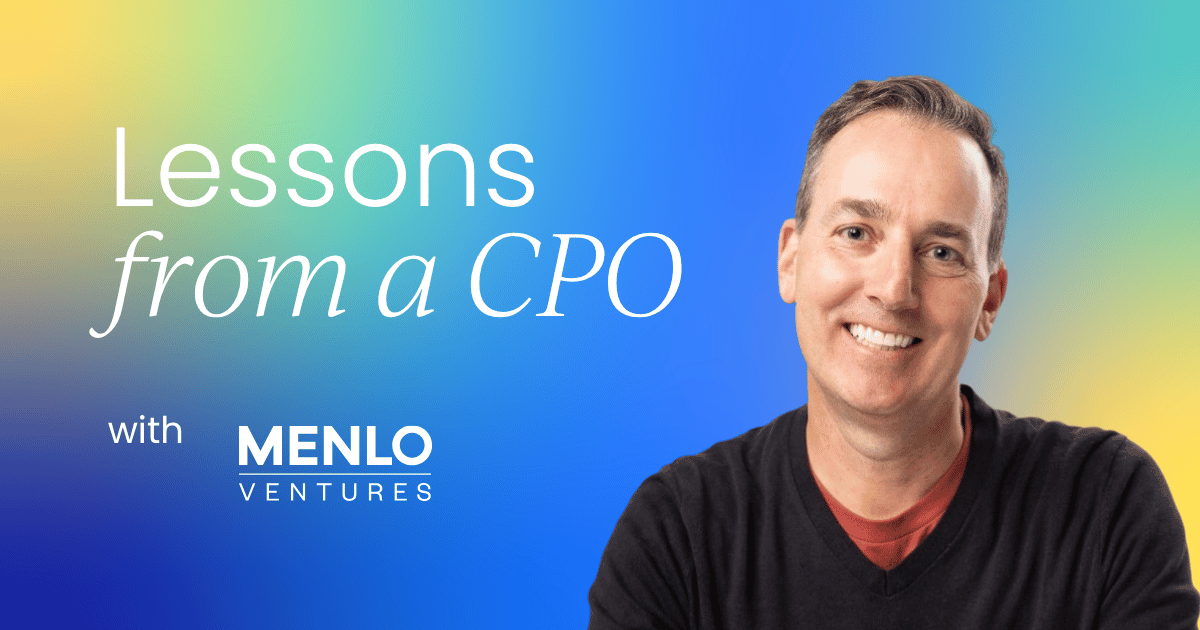If you’ve ever led a product team, you’ve probably felt it – the tension between building great products and building the system that creates them. You’re shipping, scaling, hiring, firefighting… but still wondering if your team is truly set up to win.
I’ve spent over fifteen years wrestling with that same challenge in product leadership roles from small startups to huge multinationals. Along the way, I started writing down what I was learning – page after page in a stack of blue notebooks that now hold more than 500 lessons.
In this article, I’ve pulled together a few of my favorites: the mindset shift that changed how I lead, how to set expectations that stick, what strategy really means (and how getting it wrong cost one company $107 billion!), and a few simple decision-making hacks.
Let’s dive into our first and most important lesson.
Lesson #1: The shipyard comes first
Many years ago, I was out for a beer with my friend Bob Baxley, a long-time Apple employee. He was telling me about a meeting where someone asked Steve Jobs, “What's your favorite Apple product?” Jobs paused, then said, “My favorite product is Apple.” Why? Because they had been consistently producing award-winning applications for forty years.
That moment was profound for me. I realized that the thing that would give me the most leverage as a product leader was to focus on the shipyard – the system that builds the products – rather than the individual ships themselves. The ships are your products, which can only be as strong as the shipyard that builds them.
The right product requires the right shipyard. If you want to win the America's Cup, your shipyard needs experts in aerodynamics and bending carbon fiber for lightweight, fast boats. If you're building supertankers, you need people who know big steel form factors and 100,000-horsepower diesel engines.
What’s in your shipyard?
Focusing on your shipyard should be your first priority as a CPO or VP of Product. It’s made up of these three essential elements:

- People: Are you building a championship team? Are you hiring and nurturing people who are going to win?
- Rituals: Companies are really a collection of rituals – those are the things that make them work. Shishir Mehrotra, CEO of Grammarly, has collected some of the best rituals from high-performing teams in Silicon Valley; I highly recommend taking a look.
- Values: These are usually set early on. At Atlassian, for instance, we had five core values, two of which famously contained swear words because they were written by Australians: “Don't f#@! the customer” and “Open company, no bullshit.”
The ROI you get from focusing on your shipyard will be greater than anything else you do.
For expert advice like this straight to your inbox twice a month, sign up for Pro+ membership.
You'll also get access to 10 certifications, a complimentary Summit ticket, and 100+ tried-and-true templates.
So, what are you waiting for?
Lesson #2: The importance of clear expectations
This lesson is all about the people side of the shipyard. It comes from my time at Atlassian – and it’s really timely, as you’ll soon see.
Atlassian’s product folks are scattered across the world: Australia, California, New York, France, India… you name it. So during my first few weeks at the company, I traveled everywhere, meeting as many of them as I could.
When I got back, I held a product all-hands meeting. I asked everyone, “What’s the number one thing you’re unclear about?” The overwhelming answer was “What’s expected of me?”
Getting to the heart of the problem
As I dug deeper, I realized people weren’t just confused about expectations – they didn’t fully understand their roles in relation to engineering and design. They also didn’t know what was expected at the individual contributor level versus the manager level.
Beyond that, they were asking, “What makes Atlassian’s product managers different from the rest? What’s the Atlassian way?” I loved that question – and I wanted to answer it.
Why expectations matter
Before we get to the answers to those questions, let me emphasize why expectations are so critical. They’re at the heart of talent management – and eight out of ten companies get this wrong.

The expectations you set with employees should align with what you told them when they were hired, what you evaluate them on during performance reviews, and what you discuss during growth conversations.
Too often, though, those are completely different rubrics. You hire for one thing, review for another, and promote for something else – it’s no wonder people get confused.
Defining clear expectations
To fix this, I brought together all of our senior product leaders – everyone at the director level and above. We started by asking, “What’s expected of a PM today?” And, I kid you not, we came up with forty different answers.
You can remember maybe five things at best, so forty wasn’t going to work. We debated, benchmarked against other companies, and I spoke with dozens of fellow CPOs. It turns out most organizations share eight to ten common expectations.
We narrowed ours down to four:



 Follow us on LinkedIn
Follow us on LinkedIn



